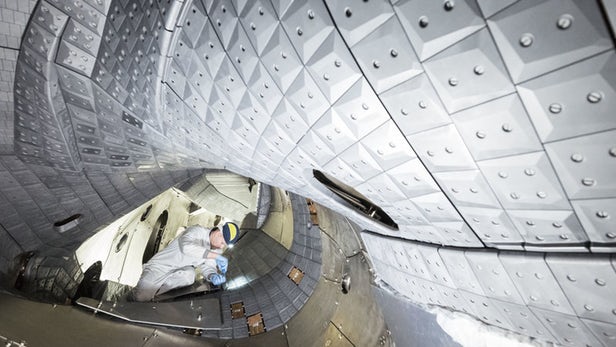
Breaking News
 Outraged Farmers Blame Ag Monopolies as Catastrophic Collapse Looms
Outraged Farmers Blame Ag Monopolies as Catastrophic Collapse Looms
 Exposing the Cover-Up That Could Collapse Big Medicine: Parasites
Exposing the Cover-Up That Could Collapse Big Medicine: Parasites
 Israel's Former Space Security Chief says Aliens exist, and President Trump knows about it
Israel's Former Space Security Chief says Aliens exist, and President Trump knows about it
 Putin's advisor Kobyakov: The U.S. has devised a crypto scheme to erase its massive debt...
Putin's advisor Kobyakov: The U.S. has devised a crypto scheme to erase its massive debt...
Top Tech News
 Methylene chloride (CH2Cl?) and acetone (C?H?O) create a powerful paint remover...
Methylene chloride (CH2Cl?) and acetone (C?H?O) create a powerful paint remover...
 Engineer Builds His Own X-Ray After Hospital Charges Him $69K
Engineer Builds His Own X-Ray After Hospital Charges Him $69K
 Researchers create 2D nanomaterials with up to nine metals for extreme conditions
Researchers create 2D nanomaterials with up to nine metals for extreme conditions
 The Evolution of Electric Motors: From Bulky to Lightweight, Efficient Powerhouses
The Evolution of Electric Motors: From Bulky to Lightweight, Efficient Powerhouses
 3D-Printing 'Glue Gun' Can Repair Bone Fractures During Surgery Filling-in the Gaps Around..
3D-Printing 'Glue Gun' Can Repair Bone Fractures During Surgery Filling-in the Gaps Around..
 Kevlar-like EV battery material dissolves after use to recycle itself
Kevlar-like EV battery material dissolves after use to recycle itself
 Laser connects plane and satellite in breakthrough air-to-space link
Laser connects plane and satellite in breakthrough air-to-space link
 Lucid Motors' World-Leading Electric Powertrain Breakdown with Emad Dlala and Eric Bach
Lucid Motors' World-Leading Electric Powertrain Breakdown with Emad Dlala and Eric Bach
 Murder, UFOs & Antigravity Tech -- What's Really Happening at Huntsville, Alabama's Space Po
Murder, UFOs & Antigravity Tech -- What's Really Happening at Huntsville, Alabama's Space Po
Wendelstein 7-X sets new record in its quest for practical fusion power

Perched loftily on Germany's Baltic coast, the small-to-middling town of Greifswald continues to be at the forefront of research into nuclear fusion. This is in no small part down to the presence of the Wendelstein 7-X – a fusion reactor so complicated they literally needed a supercomputer to design it. The latest tidings from the Max Planck Institute for Plasma Physics, creators of the Wendelstein 7-X, are that a new record has been set for the so-called fusion product. This is a theoretical performance benchmark rather than physical matter, but all the same, it's another significant step along the path to practical fusion power.
The fusion product is a measure which indicates how close a reactor is to plasma ignition – the critical point at which nuclear fusion becomes self-sustaining, and which happens naturally in stars like our Sun at a mere 15 million degrees Celsius (or 27 million degrees Fahrenheit, if that helps you compare things to a balmy summer's day.) The product is the result of multiplying ion temperature and density, then dividing by time and hence measured in degree-seconds per cubic meter. This latest hoopla is all because Wendelstein 7-X has achieved 10 to the 26th power of those, which is really rather a lot, apparently.
"This is an excellent value for a device of this size, achieved, moreover, under realistic conditions, i.e. at a high temperature of the plasma ions," Professor Sunn Pedersen says in a press release.

 Tiny briefcase engine boosts EV range beyond battery power
Tiny briefcase engine boosts EV range beyond battery power 

